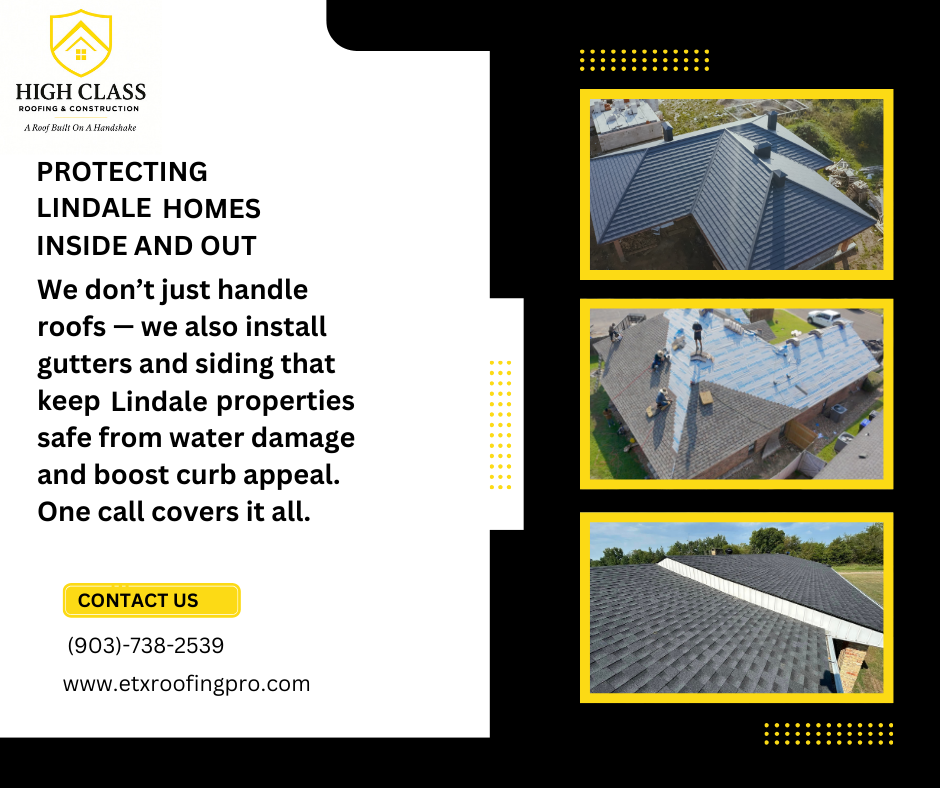A professional roofing installation represents one of the most complex construction projects homeowners will undertake, involving multiple phases that require precise coordination, quality materials, and skilled craftsmanship. The entire process transforms your home’s primary defense against the elements through a systematic approach that prioritizes both immediate protection and long-term durability.
The installation journey begins long before the first shingle touches your roof. Professional contractors start with comprehensive preparation that includes complete removal of existing materials and thorough inspection of the underlying structure. This critical phase reveals any hidden problems with the roof deck, allowing for repairs that ensure a solid foundation for the new system. During this stage, teams also strategically position materials and protect surrounding property with tarps and barriers, transforming your home into an organized work site where every detail receives careful attention.
Contractors examine every board of the roof deck for damage, proper spacing, and secure attachment. Any compromised sections require replacement with structural-grade plywood or OSB sheathing. This meticulous attention to detail prevents future problems that could compromise the entire roofing system, making it an investment that pays dividends for decades to come.
Once the deck preparation is complete, the installation of protective barriers begins with drip edge placement along all roof perimeters. This seemingly simple metal component directs water away from fascia boards and provides the first line of defense against wind-driven rain. Following drip edge installation, contractors apply ice and water shield to vulnerable areas where leaks commonly develop, including eaves, valleys, and around roof penetrations. The underlayment installation then creates a secondary water barrier across the entire roof surface. Modern synthetic materials offer superior performance compared to traditional felt paper, providing enhanced durability and better slip resistance for worker safety. Proper overlap techniques ensure complete coverage without gaps that could allow water penetration, creating a comprehensive defense system that works invisibly beneath your visible roofing material.
Flashing installation represents perhaps the most technical aspect of the roofing process, requiring both experience and precision. These metal components create watertight seals around chimneys, dormers, vent penetrations, and wall intersections where different materials meet. Valley areas receive special attention, with contractors choosing between open and closed valley methods based on roof design and local climate conditions. Each flashing piece must integrate seamlessly with surrounding materials while allowing for thermal expansion and contraction that occurs throughout the seasons.
The actual shingle installation begins with starter strips that provide proper overhang and establish the sealing foundation for subsequent courses. These specially designed components feature enhanced adhesive properties to resist wind uplift at the roof’s most vulnerable edges. From this foundation, contractors work systematically up the roof, maintaining consistent exposure and alignment that ensures both optimal weather protection and attractive appearance. Proper nailing techniques prove crucial throughout the field installation, with each shingle receiving the appropriate number of fasteners placed in manufacturer-specified nail zones to maximize holding power without compromising shingle integrity. This attention to detail becomes especially important in high-wind areas where improper fastening can lead to catastrophic failure during storms.
The installation concludes with ridge cap placement along all roof peaks and hips. These specially prepared shingles provide the final weather seal while completing the roof’s aesthetic appearance. Professional contractors then conduct comprehensive cleanup and quality inspection, ensuring every detail meets industry standards and manufacturer specifications. This systematic approach to roofing installation creates a weather-resistant system designed to protect your home for decades while maximizing the return on your significant investment.






